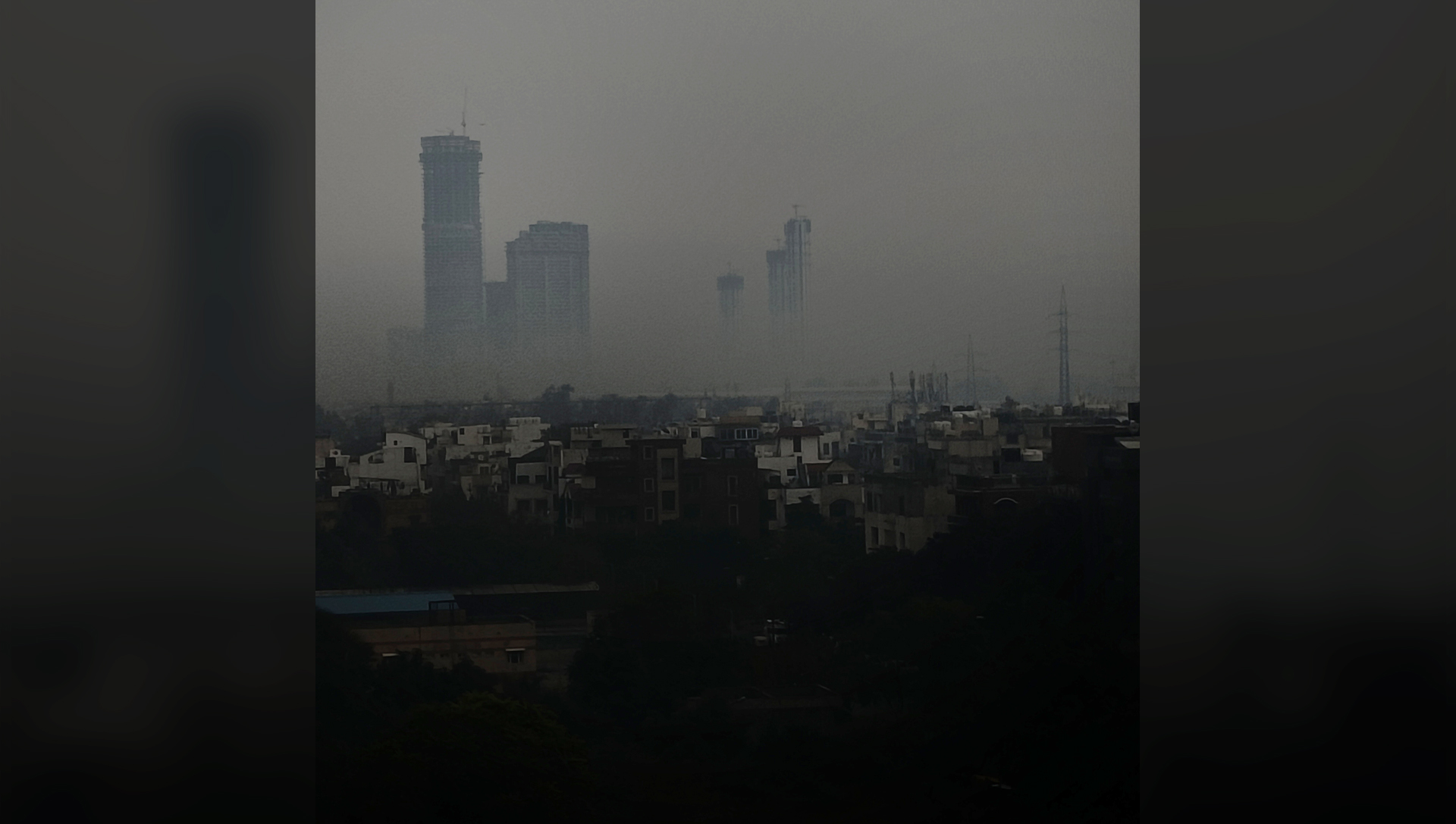The National Capital’s air quality plummeted to ‘very poor’ this morning as people in several parts of Delhi flouted the ban on firecrackers. Delhi’s Air Quality Index worsened as it slipped to 323 that falls under the “very poor category” a day after Diwali.
On Tuesday, 6pm Delhi’s air quality index (AQI) stood at 323, the System of Air Quality and Weather Forecasting and Research (SAFAR) shows. In other regions of the National Capital Region (NCR) neighbouring areas of NCR – Gurugram, Noida and Faridabad the air quality dropped in the ‘very poor’ category.
An AQI between zero and 50 is considered “good”, 51 and 100 “satisfactory”, 101 and 200 “moderate”, 201 and 300 “poor”, 301 and 400 “very poor”, and 401 and 500 “severe”.
Due to environmental concerns and health hazards the Delhi government had banned the production, storage, sale and bursting of firecrackers on Diwali. Delhi Environment Minister Gopal Rai had said bursting firecrackers would result in a jail term of up to six months and a fine of ₹200.
Last week, the Supreme Court had also refused to lift the ban on firecrackers in Delhi citing pollution.
SAFAR also predicts that the PM 10 and PM 2.5 both will remain in the “very poor” category tomorrow before PM 10 rises to the poor category after three days.
For patients with asthma and other similar lung problems such heavy smoke can prove to be life-threatening. According to health experts the unbreathable air puts a serious threat on lungs and eyes especially and such pungent air worsens the condition of Chronic Inflammatory Lung Disease (COPD) patients.
While talking to The New Indian environmentalist Manu Singh says, “It is disheartening to not only witness people flouting the cracker ban in Delhi NCR but also a sharp rise in cases of stubble burning particularly in Punjab, due to which the AQI has plummeted to very Poor.”
“Furthermore it is expected that the current meteorological conditions will exacerbate the accumulation of pollutants, increasing PM 10 and PM 2.5 and intensifying the dangerous smog that envelops the city. The entire region is now risky even for a healthy person and for COVID survivors and people with compromised lung and respiratory immunity. The situation is hazardous as we will see a spike in cases of illness pivoting around COPD, Asthama, heart diseases, eyes and skin,” says Singh.
Diwali falls in the season that accompanies stubble burning which exacerbates pollutant content in air. There are other sources of pollution such as vehicles, industry and construction that makes pollution level high throughout the year.










